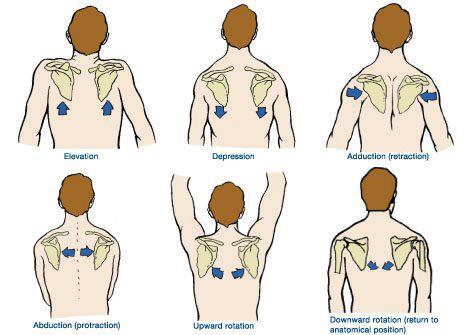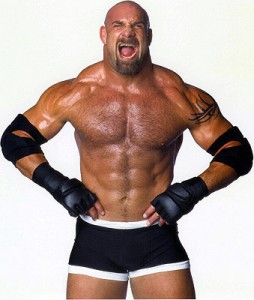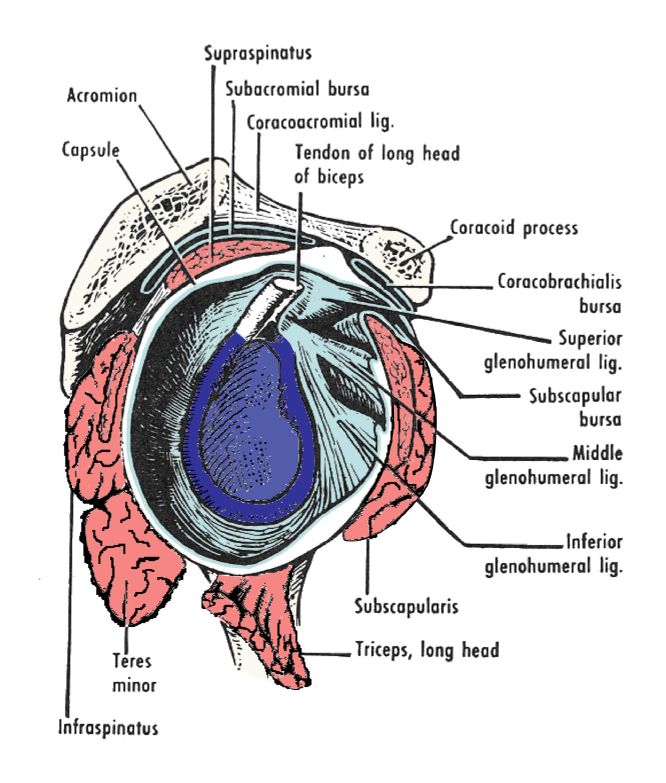How to improve shoulder Function
This is a fairly typical coversation I have with random athletes in passing:
Me: “How Is your shoulder feeling?”
Random athlete: “Ah not that good, I haven’t been doing my foam rolling and stretches.”
Me: Insert shocked face/are you kidding me face here.

Understanding Pain in Your Shoulder
Regardless of how much work you do in your sport, shoulder pain isn’t normal. Whether it is throwing hard for three days in a row, or playing a lot of volleyball over the past week, pain is a sign of dysfunction. Fixing the issue requires more than time off. It requires strengthening or rewiring of the way your shoulder and it’s supporting structure is working.
Yes, foam rolling plays a role in improving shoulder mobility by improving the tissue quality around a joint. Yes, stretching will help release a tight posterior capsule and improve range of motion within your shoulder. But will it fix all of your issues? Highly doubtful.
Disclaimer On Shoulder Pain
The Glenohumeral joint is extremely complex and needs to be treated that way. This means providing exercises that are more specific to the shoulder capsule, based on the orientation of pain. To think that foam rolling and stretching will fix an issue blows my mind and is a lazy prescription to treat an issue. Check out the picture below, that is a lot going on in a very small area!
With that being said, the goal of this article is to provide suggestions that could potentially improve and correct the dysfunction within your shoulder. As we dive into the shoulder, remember that these suggestions are just suggestions. These are exercises that I use with my overhead athletes to get them back onto the field, keep them on the field, and further enhance their ability to dominate their sport.
Initial Understanding, and Plan of Attack For Your Shoulder Pain
To fix the pain, we should take a look at the primary structures that affect the glenohumeral joint. They are the thoracic spine, scapula, glenohumeral joint, and the surrounding musculature that keep the humerus head centered and scapula tracking properly.
The current thinking, in terms of improving shoulder function, is to work proximal to distal. In terms of shoulder function, that means first assess thoracic spine mobility. Next, see how the scapula moves and where it sits on your thoracic ribs. Based on this position, we can get an idea as to which muscle are overactive, which are inhibited, and which structures are more susceptible to injuries.
Following this train of thought, if a scapula isn’t tracking properly, assess thoracic mobility. If the individual has terrible thoracic mobility, we have found one of the culprits causing the shoulder pain. This might be all that is needed to improve/alleviate the pain. A quick and easy way to assess thoracic mobility is the shoulder mobility test of the FMS. If the person is incredibly far from their fists touching, note what happens in their spine as they reach. The ideal movement pattern will result in extension of the thoracic spine. No extension? We might have found the root of the problem.
This is not to be confused with extension of the lumbar spine, which is often where someone turns when they lack shoulder mobility. More on this to come though!
Assessing Movement of Your Scapula
From the thoracic spine, we move distally and assess the Scapula. First thing to do is access where the scapula is sitting. Where the scapula sits will give you an idea as to the kind of pain the athlete is feeling. A scapula that appears to be sitting high and upwardly rotated will often be associated with a form of impingement, and bicep tendonitis. All of which would make sense since the head of the humerus is shifted upward and forward, limiting the space within the shoulder capsule for the humerus to travel. Limited space increases the likeliness of rubbing, banging, and compressing the supporting cast within the shoulder.

The reason for the change in scapular positioning is often a software issue. For example: Upper traps that are constantly on, and take over the role of prime movers of the humerus, will often lead to shoulder pain. Excessive upper trap activation restricts and takes over for the mid and low trap, rotator cuff, rhomboids, post delt, and serratus anterior. Getting the pain to dissipate will require re-wiring and getting the supporting cast to pick up the slack, which will regain function.
Figuring out if this is the issue is rather simple and takes just a few steps:
1. Look at your clients trap: Is it clearly more hypertrophied than all of the other musculature of the shoulder? If so, that trap might be doing too much work. Or the individual just absolutely loves to do shrugs.

He is just jacked. No overactive traps here!
2. Watch the movement in the shoulder: If nearly all movements of the shoulder begin with elevation or “shrugging” of the shoulder, you could have some overactive traps. This is something that is pretty easy to spot, as long as you have this as a possibility in your mind.
3. Ask your athlete where they feel different shoulder exercises: If they feel every shoulder exercise in their upper trap, this could be a sign of overactive traps.
Fixing the problem will take time and patience. Stay the cause and you will be rewarded.
With this said, the shoulder is complicated. Correcting dysfunction will clearly require more than foam rolling and stretching. There are a few exercises that I have seen work wonders for my athletes and general clients that have shoulder pain. Again these exercises might not work for you, but they do for most of my athletes.
To see the benefit of the exercises it is important to focus on body positioning. If you don’t maintain proper body positions, muscles won’t fire properly. This is the most common flaw I see when with rotator cuff band work, and other shoulder stability exercises . When completing these exercises, makes sure you focus on these three cues.
1. Keep Your Ribs Down
This will activate your anterior core and prevent your ribs from flaring, which will limit the amount of extension from your lumbar spine. This is important to ensure that you are actually improving the quality of movement and strength within your shoulders; not just driving movement at your shoulder from your spine. Cueing a client into proper rib positioning might take a little practice, but it is worth the time. Most athletes don’t truly experience an exercise until they lock their ribs on top of their hips.
2. Maintaining Head Positioning
Maintainiong proper alignment within your head will improve positioning through your spine, and the deep stabilizers of your neck and shoulder. This will allow for more proper activation within your core, and again, addressing the positioning of your ribs, will truly get the the muscles within your shoulders to fire properly.
3. Speed of Movement
Injuries at the shoulder most often occur during the eccentric phase of the movement, aka slowing down the movement at the shoulder. These exercises should be done in a controlled fashion. Rushing through an exercise won’t get the desired benefit. Injuries are often a result of a lack of control. To improve control, train through controlled ranges of motion. Sounds rhetorical and obvious, but look around and you’ll see what I’m talking about.
Exercise Section!
Here are the five exercises that I tend to have the biggest upside for the athletes with shoulder dysfunction.
Wall Slide
As demonstrated by Dylan. Watch his right arm and guess what sport he plays:
http://www.youtube.com/watch?v=x6bNKWBNSqw
This is a slightly more complicated variation of a wall slide. Depending on the amount of dysfunction and weakness in the shoulder, the athlete should start laying on the ground, or with a variation facing the wall. The wall slide seems like an easy exercise. However, clients who have incredibly poor control of their scapula, or very tight pec minor, will find this exercise very difficult. You should be able to tell how the exercise really requires your scaps to travel through a large range of motion.
A second benefit of this exercise is as an assessment tool. It makes it easy to spot dysfunction within the tracking of an athletes scapula, i.e. over-active upper traps, tight pecs/ lats.
Thoracic Mobility
As demonstrated by Ryan. A baseball/soccer player:
http://www.youtube.com/watch?v=i55wvBOrG4o
This is one of my athletes completing my favorite thoracic mobility exercises. If you notice, his head and eyes are following his hand. They are very important oral fascial drivers, that will always help improve the quality of movement, when cued properly.
Y band Pull
http://www.youtube.com/watch?v=6n21AfMhn1E
The Y-Band pull is an awesome exercise for the athletes who have really begun to show strong scapular/shoulder control.
The beauty of this exercise is the fact that it is overhead. It requires a lot of control within the anterior core to restrict flaring of the rips. It is also incredible at really bringing strength to the lower and mid traps, rhomboids, and rotator cuff. This is definitely a more complicated movement, and could be used as a next step from the wall slide.
Side note….
As athletes get closer to the season I cue them into pulling at an angle similar to their arm slot. Arm slot is the angle where they release the ball. For example, volleyball players have an arm slot that is close to their head and should do a Y band pull in that slot. Baseball pitchers tend to be 45 degrees or so from their head, and should do Y band pulls in that position. The only issues you might run into are with sidearm pitchers, because their angle will cause the band to go straight to their face (which could be some good comic relief).
Side lying shoulder external Rotation
As demonstrated by Eric Cressey at Cressey Performance:
http://www.youtube.com/watch?v=oNCuZh2Os_U
Research shows that the side lying external rotation gets the most muscle activation out of your rotator cuff. Nothing else really needs to be said. All of my athletes get a large dose of these. The key to this exercise however, is to make sure your clients are in the proper body positioning. Doing this with poor posture, is like running distance if you want to throw harder. Get it? No? it’s useless!
Half Kneeling Elevation/Depression
As demonstrated by Bobby:
http://www.youtube.com/watch?v=TpxabCK29jc
Half kneeling elevation and depression has an incredible ability to get the mid and low trap to start firing. The half kneeling E/D teaches athletes to keep their ribs down and brings some balance back to their hips. Right handed athletes do nearly everything with their left foot in front, resulting in excessive rotation and imbalances within their hips. An easy way to correct this is by training with their non-dominant foot in front. Right foot in front for righties, left foot in front for lefties.
Conclusion
The overhead position is compromising position for your shoulder. Without proper strength and mobility in your shoulder, thoracic spine and scapula, injury is inevitable. Pain is not normal and should not be seen as normal. Coming from a guy who has had Tommy John sugery, it's better to fix a small issue now then deal with a major surgery later in your career. Be proactive with your shoulder health and strength!
